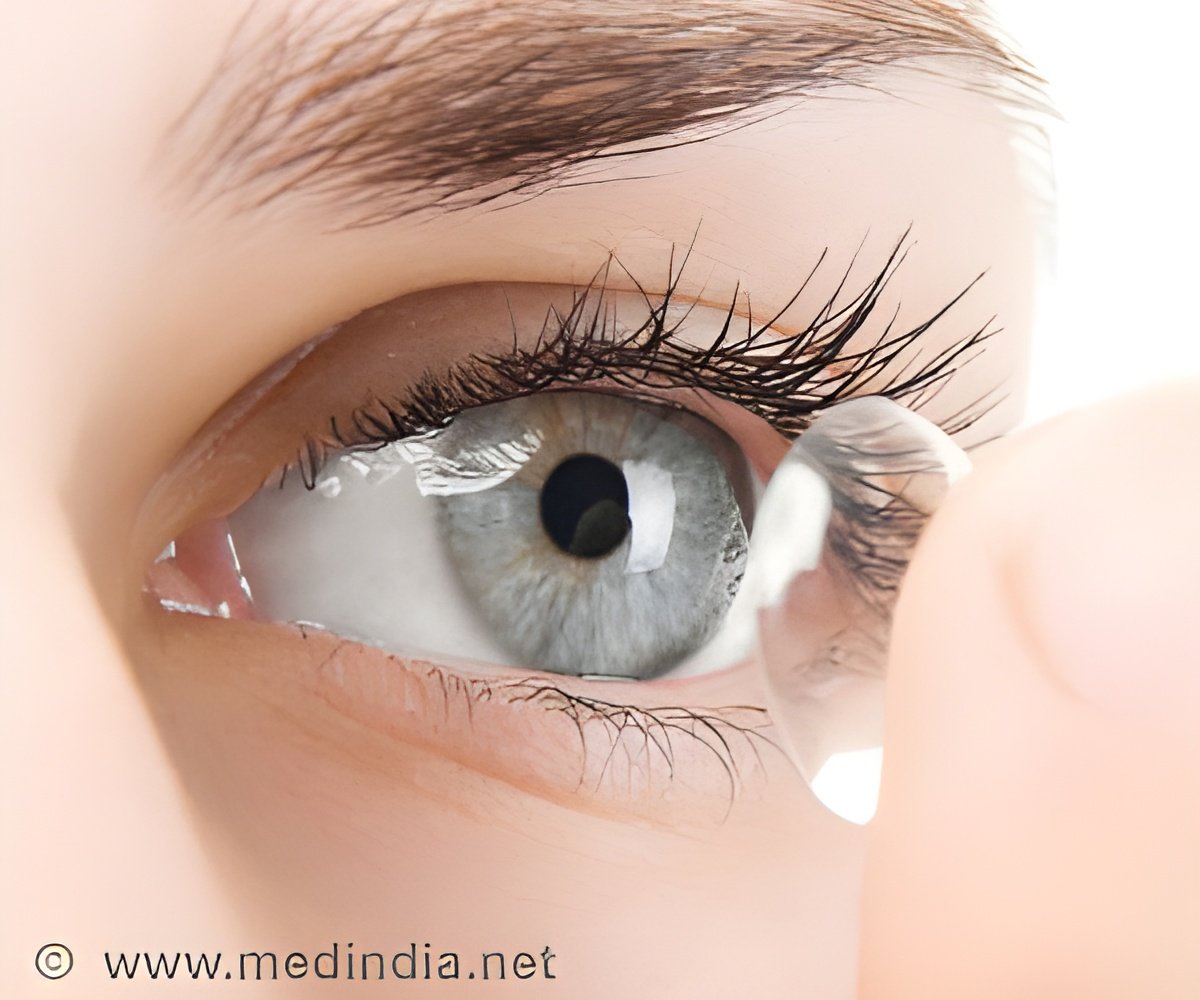Many cases of potentially scarring bacterial keratitis, or eye inflammation, as well as conjunctival infections occur among those who use contact lenses.

When measured and plotted on a graph, statistical germ diversity scores showed that the eye microbiome of contact lens wearers had a composition more similar to that of the wearer’s skin than the eye microbiome of non-lens wearers. More Staphylococcus Bacteria, which are linked to eye infections and are more prominent on the skin, were found in the eyes of non-lens wearers, and researchers do not yet have an explanation for the disparity.
Senior study investigator and associate professor Maria Gloria Dominguez-Bello, said, "We still have to figure if these changes were due to fingers touching the eye, or from the lens’s direct pressure affecting and altering the immune system in the eye and what bacteria are suppressed or are allowed to thrive."
The study was presented at the annual meeting of the American Society for Microbiology in New Orleans.
Source-Medindia













